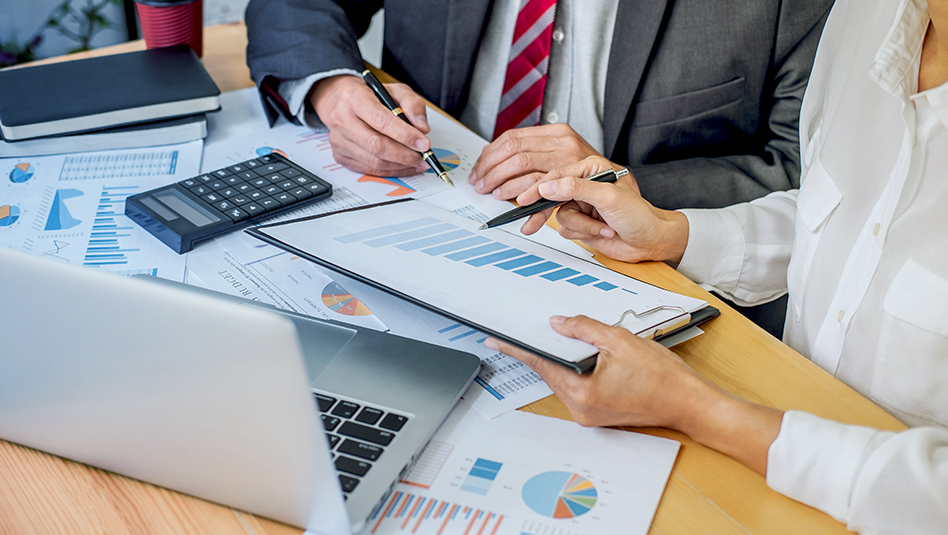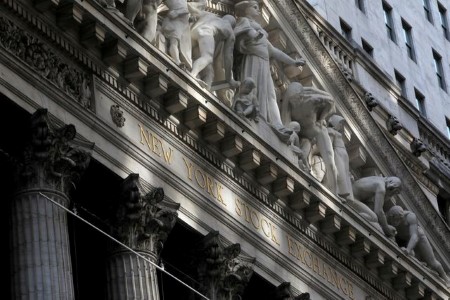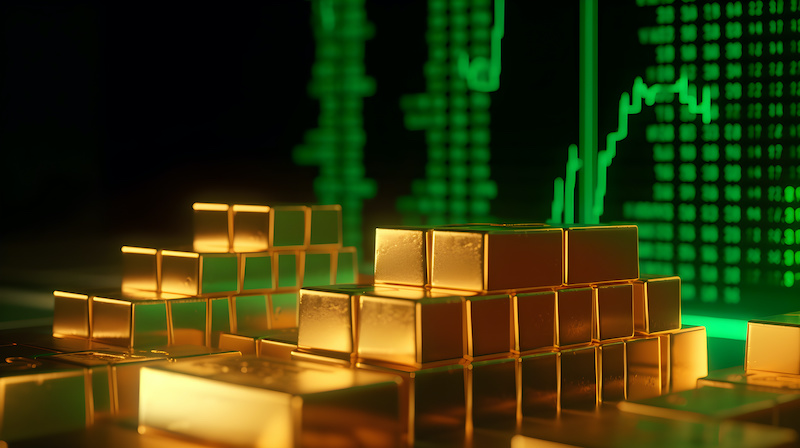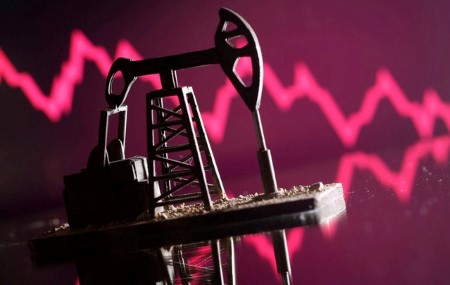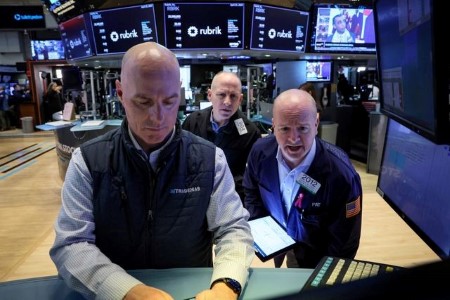NEW YORK – US stocks gained ground on Monday and the yen surged amid suspected intervention as investors embarked on what promises to be an action-packed week.
All three major US stock indexes ended green, extending Friday’s rally at the onset of a week filled with high-profile earnings, crucial economic data, and the US Federal Reserve’s monetary policy meeting.
Meanwhile, the yen jumped after touching a 34-year low, with traders citing heavy yen-buying intervention by Japanese banks.
“It’s a playbook that they’ve used before – nobody is commenting despite all the confirmations that it occurred,” said Ross Mayfield, investment strategy analyst at Baird in Louisville, Kentucky. “It’s a holiday (in Japan) as well, so it’s a light volume day which points to some obvious conclusions even if it’s not official.”
This week’s data releases include European inflation and US labor market indicators, while the Fed is due to convene on Tuesday for its two-day meeting at which it is expected to keep its key interest rate unchanged, but strike a hawkish tone.
“Inflation is not exactly where they want it to be, but it has come down to the point where if the labor market shudders even a little bit the Fed will pivot back to dovish talk pretty quickly,” Mayfield added. “The labor market is the car we’ll drive for the rest of the year.”
Earnings season shifts into overdrive this week with high-profile results expected from Amazon.com, Apple Inc., and others.
The Dow Jones Industrial Average rose 147.4 points, or 0.39%, to 38,387.06, the S&P 500 gained 16.19 points, or 0.32%, to 5,116.15 and the Nasdaq Composite added 55.18 points, or 0.35%, to 15,983.08.
European shares eked out a nominal gain, backing down from a two-week high after Germany reported higher-than-expected inflation. Investors now eye the Fed’s rate decision on Wednesday.
The pan-European STOXX 600 index rose 0.07% and MSCI’s gauge of stocks across the globe gained 0.46%.
Emerging market stocks rose 1.00%. MSCI’s broadest index of Asia-Pacific shares outside Japan closed 0.98% higher, while Japan’s Nikkei .N225 rose 0.81%.
Japan’s yen jumped as much as 5 yen against the dollar igniting suspicions that Tokyo intervened in the currency market for the first time in 18 months.
Japan’s top currency diplomat, Masato Kanda, declined to comment when asked if authorities had intervened, though traders said they had.
The dollar was last lower against a basket of world currencies.
The dollar index fell 0.3%, with the euro up 0.25% to USD 1.0719.
The yen strengthened 1.49% versus the greenback at 156.04 per dollar, while sterling was last trading at USD 1.2562, up 0.58% on the day.
US Treasury yields pulled back from last week’s highs ahead of a Fed meeting and crucial economic data expected later in the week.
Benchmark 10-year notes last rose 13/32 in price to yield 4.6156%, from 4.669% late on Friday.
The 30-year bond last rose 22/32 in price to yield 4.7357%, from 4.782% late on Friday.
Crude prices slid as Israel-Hamas peace talks lowered the geopolitical temperature and tempered fears of a widening regional conflict.
US crude dropped 1.45% to settle at USD 82.63 per barrel, while Brent settled at USD 88.40, down 1.23% on the day.
Gold prices edged lower as investors await crucial data and potential clues regarding the Fed’s rate cut path.
(Reporting by Stephen Culp; Additional reporting by Harry Robertson in London and Rae Wee in Singapore; Editing by Tomasz Janowski, Toby Chopra, and Sandra Maler)







 DOWNLOAD
DOWNLOAD

